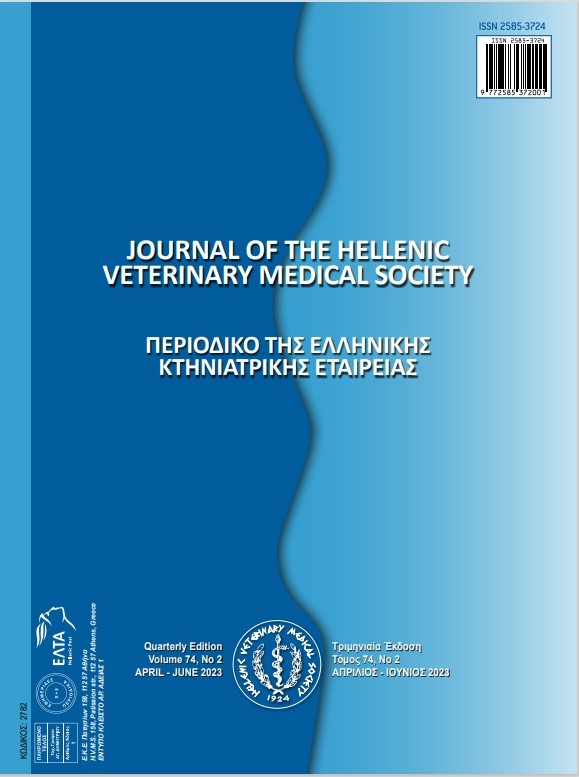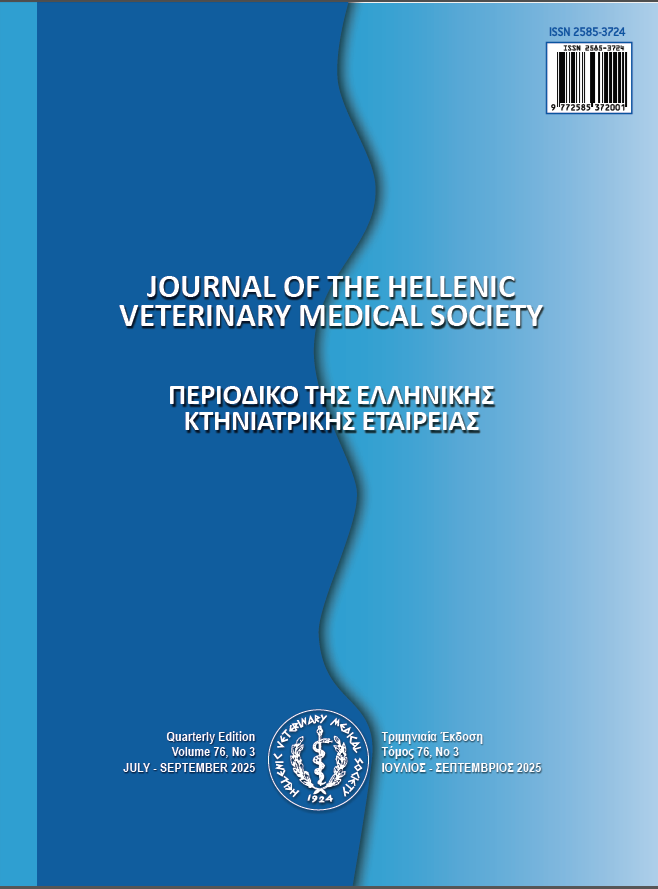Optimization of stretching process for improve the textural characteristics of Kashar cheese

Abstract
This study was aimed to optimize the stretching process (temperature, titration acidity, and NaCl concentration) and to determine the subsequent effects over the quality characteristics of Kashar cheese. The textural and meltability properties were studied in the optimization. Whey was used to set the acidity of stretching water. Textural, meltability, and sensory evaluation scores of matured Kashar cheese obtained from the marketplaces were used for target values to optimize the stretching process. The response surface methodology was used to optimize conditions for stretching process, the arrangement of experimental design and evaluation of analysis results. The optimum conditions were found as follows: 80.20 °C for stretching temperature; 0.61 °SH for stretching water acidity; and 12.00 % for NaCl concentration. Under these conditions: 79.53 N for hardness, -292.24 g.sec for adhesiveness, 0.74 for cohesiveness, 51.20 N for gumminess, and 19.05 mm for meltability values were found in Kashar cheese that was produced for validation. The validation production results were within 95 % confidence intervals for each response obtained at optimal conditions. Thus, this model is successful to predict the textural and meltability values of sample.
Article Details
- How to Cite
-
Çelebi, M., & Şimşek, B. (2023). Optimization of stretching process for improve the textural characteristics of Kashar cheese. Journal of the Hellenic Veterinary Medical Society, 74(2), 5761–5770. https://doi.org/10.12681/jhvms.30233 (Original work published July 6, 2023)
- Issue
- Vol. 74 No. 2 (2023)
- Section
- Research Articles

This work is licensed under a Creative Commons Attribution-NonCommercial 4.0 International License.
Authors who publish with this journal agree to the following terms:
· Authors retain copyright and grant the journal right of first publication with the work simultaneously licensed under a Creative Commons Attribution Non-Commercial License that allows others to share the work with an acknowledgement of the work's authorship and initial publication in this journal.
· Authors are able to enter into separate, additional contractual arrangements for the non-exclusive distribution of the journal's published version of the work (e.g. post it to an institutional repository or publish it in a book), with an acknowledgement of its initial publication in this journal.
· Authors are permitted and encouraged to post their work online (preferably in institutional repositories or on their website) prior to and during the submission process, as it can lead to productive exchanges, as well as earlier and greater citation of published work.




